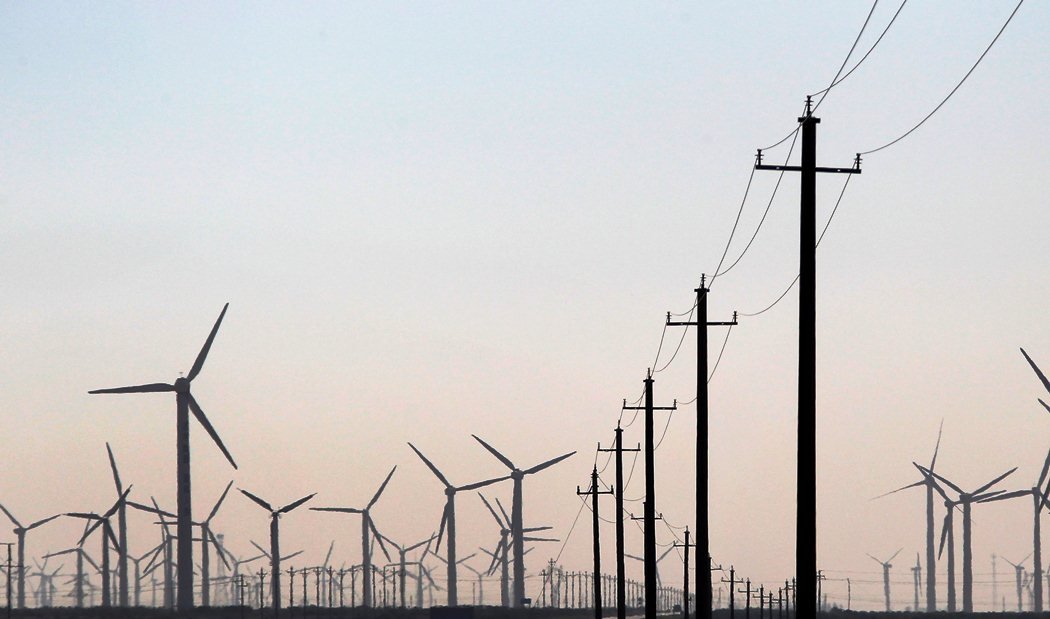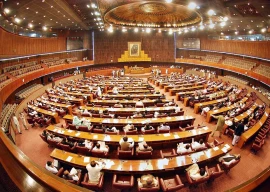
The CDM Cell was established in 2005 at the Climate Change Division to provide technical and policy support and to advise the government in matters related to the implementation of the CDM strategy in Pakistan and approval of projects for carbon credits.
Carbon credits and carbon markets are a component of national and international attempts to cap greenhouse gas emissions and to allow market mechanisms to drive industrial and commercial processes towards lowering emissions.
Pakistan signed the Kyoto Protocol on January 11, 2005 and became eligible to benefit from the CDM, but since 2006, it has managed to get approval for only 29 projects, all with minor value for carbon credits.
The CDM was initiated under the 1997 Kyoto Protocol of the United Nation Framework Convention on Climate Change (UNFCCC) in order to explore cost-effective options to mitigate the impact of climate change.
It is one of the instruments that help developing countries achieve sustainable development, while at the same time contribute to the ultimate objective of the UNFCCC.
Under the CDM, developed countries assist developing ones in implementing project activities that reduce greenhouse gas emissions in return for certified emission reductions, widely referred to as carbon credits.
“The CDM is the only instrument that is available for developing countries to assist them in achieving sustainable development and contributing to the ultimate objective of the convention,” a Climate Change Division official said on the condition of anonymity.
Under the CDM projects in Asia till 2012, China deposited 55.8 per cent, India 29.2 per cent, Indonesia 2.3 per cent, Vietnam 3.6 per cent, Thailand 2.3 per cent, Malaysia 2.3 per cent, South Korea 1.3 per cent, Philippines 1.1 per cent, Sri Lanka 0.4 per cent while Pakistan’s share was only 0.6 per cent.
Similarly, in terms of volume of CERs until 2012 in Asia, China’s carbon credit share was 72.7 per cent, India’s 15.6 per cent, Vietnam’s 1.0 per cent, Indonesia’s 1.6 per cent, Thailand’s 0.8 per cent, Malaysia’s 1.3 per cent, South Korea’s 5.8 per cent, Philippines’ 0.4 per cent, Sri Lanka’s 0.1 per cent, while Pakistan’s credit share was only 0.4 per cent.
The figures show that the CDM Cell did little to get its share of the millions of dollars available for carbon credits. Though CDM Cell officials regularly traveled abroad, no awareness programme, seminar or any other activity or capacity building programme was carried out by the cell in the last many years.
Published in The Express Tribune, February 8th, 2015.










1726140338-01730723472-0/Untitled-design-(42)1726140338-01730723472-0-270x192.webp)




1730706072-0/Copy-of-Untitled-(2)1730706072-0-270x192.webp)
COMMENTS (1)
Comments are moderated and generally will be posted if they are on-topic and not abusive.
For more information, please see our Comments FAQ